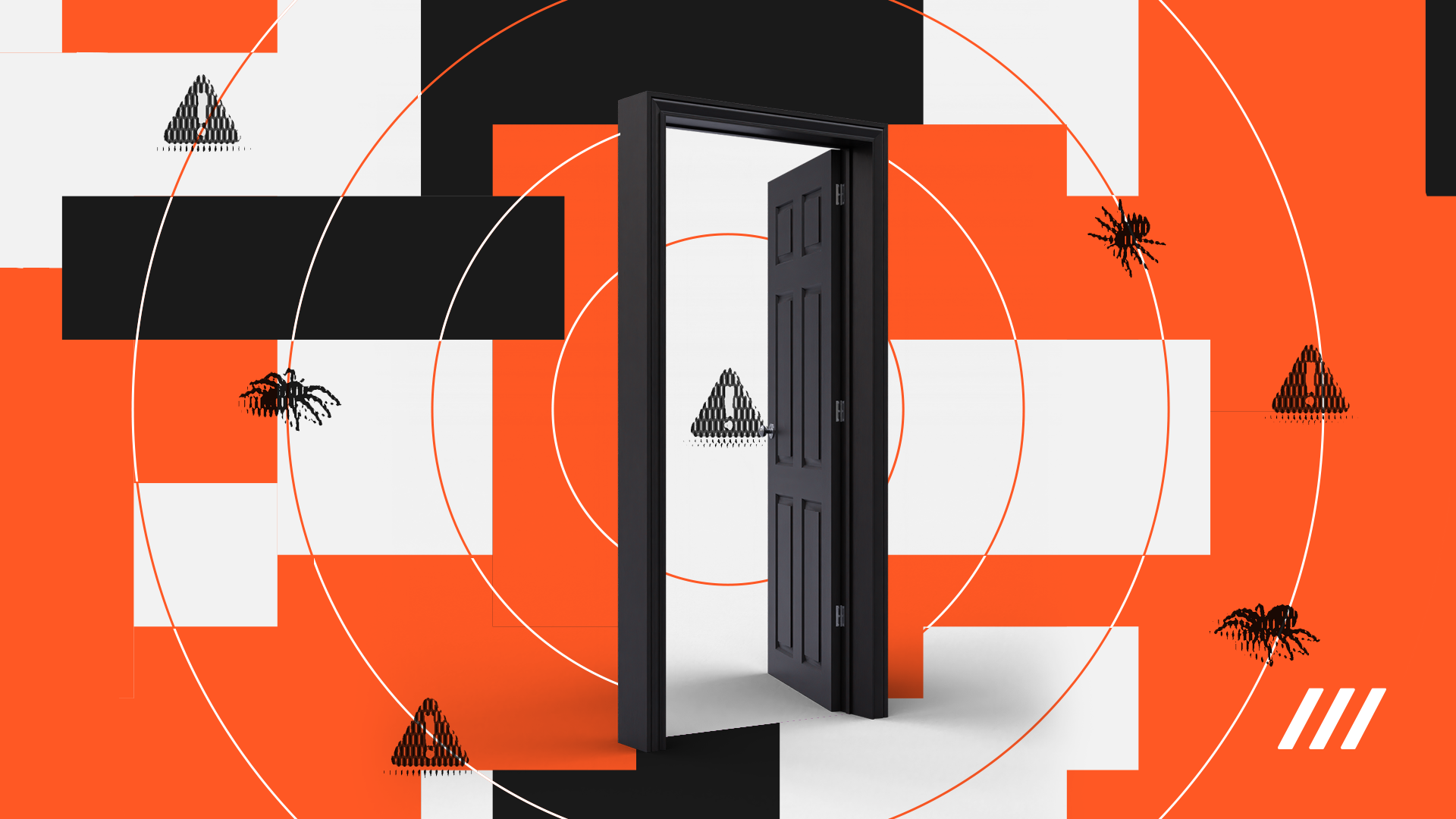
As the digital world is not tangible, picturing the risks and understanding the consequences do not come naturally to us. Unless we become familiar with the inner workings of our systems and how cyberattacks take shape to exploit them, we will most likely fail to prevent them.
Compounding the problem is the fact that the internet is still very hostile. Data platform Statista estimates there were 493 million ransomware attack attempts in 2022. Google also states that its systems intercept 15 billion unwanted messages daily, many of which are related to phishing attacks that can steal financial and personal information. Anti-virus maker Trend Micro reported that their tools blocked 161 billion threats in 2023.
Although security systems block such a high amount of attack attempts, the volume of malicious activity is so large that the seemingly small proportion of them that manage to slip through is still cause for concern. One unmitigated attack is enough to cause severe losses and disrupt businesses.
Yet, these external attacks do not tell the whole story about the many risks that businesses are exposed to. Every organization needs to be mindful of both external and internal threats while also adopting strategies to mitigate the inherent risk of operating in the digital environment.
Internal Threats
Internal threats originate or occur mostly within an organization. Disgruntled employees, negligence, and failure to comply with the established security policy are some examples.
There are also some well-known incidents where employees left "logic bombs" within software projects they were developing, creating headaches for the employer after they left or were let go.
As people become more involved with digital processes, they are entrusted with valuable data that, unless protected, can be easily copied or leaked. Today, there are many solutions available on the market for identity and access management to reduce the "blast radius" of internal threats and external actors who manage to gain access to the corporate network.
External Threats and the Attackers
External threats originate outside the organization. Although the impact may also be felt within the company, an external attacker still carries out the threat.
Ransomware, phishing, malware, and Distributed Denial of Service (DDoS) attacks are some well-known examples. As we will see later, many external threats occur on online platforms that companies do not control.
Of course, there is a reason why we still think mostly about ransomware or malware when it comes to external threats. In the past, unless an external attacker actively tried to steal data or cause an outage, many cybersecurity incidents would not harm the business much. Thus, the media often focused on security incidents perpetrated exclusively by hackers who found vulnerabilities or other entry points, giving notoriety to these threats.
While firewalls, Extended Detection and Response (XDR), Intrusion Prevention Systems (IPS), and other similar tools are used to mitigate external threats, they cannot protect customers and the company's online presence on external platforms.
Internal Threats and the New Perimeter
Protecting the network perimeter used to be the main goal of cybersecurity. The idea was that everything that originated outside the corporate network was less trustworthy than the inside.
But businesses have undergone significant changes that have made this strategy ineffective:
- Work-from-home (WFH) or remote jobs allow businesses to hire people all over the world. When someone works remotely, the perimeter is often accessed from the outside.
- Data is stored in cloud services, including Infrastructure-as-a-Service (IaaS) and Software-as-a-Service (SaaS) products. These solutions are often made available to many companies, so they do not belong inside a perimeter.
- Businesses now heavily rely on external platforms like online marketplaces and social media to engage with their customers and the wider community. They face the challenge of building trust on platforms they do not own and have little control over.
Some risks are inherent to the digital environment. Data can be easily duplicated in digital form, making data leaks much easier. In other words, copy-pasting takes much less effort than duplicating thousands of sheets of paper. Stolen information can be posted anywhere – including on the Deep & Dark Web, where criminals share it among themselves. This is called a data leak, and it can happen due to an external attack, a rogue employee, or even an attack on an employee's personal device that was storing business data.
Likewise, it is unfortunately quite easy for someone to copy visual elements, such as logos or an entire website. In the real world, it would take a lot of effort for someone to "clone" a store, but it only takes a few minutes on the web.
Unless you are actively looking, you won't know someone has cloned your website, mobile apps, or social media profiles to defraud your customers – at least not until they start calling or emailing you about unfulfilled orders or non-existent promotions.
Piracy is also an issue for digital goods. Digital products are easily copied and distributed illegally in places where you might not have any visibility. If this is not mitigated, users will start expecting to obtain your digital products for free, leading to a loss of revenue.
Criminals can directly target your customers, making them feel unsafe in their interactions with your brand. They can also use stolen data to place fraudulent orders that will have to be handled by you.
These external threats exist beyond the corporate perimeter and do not need to touch your technology infrastructure directly. They are present on social networks, web forums, and e-commerce marketplaces, as well as in closed spaces focused on criminal activity.
The solution to mitigate these risks is an External Security Platform that provides:
Continuous monitoring — Maintaining visibility into web content that exposes your business to risks requires continuous monitoring of your brand and executives. This monitoring should encompass as much of the web as possible and leverage Artificial Intelligence and other algorithms to visually inspect content that does not mention your brand in the text. The monitoring must also warn you if someone is cybersquatting your domains.
Automated triage and response — When looking outside all your corporate assets for risks, there is not as much context to ensure that detections are malicious. An external cybersecurity platform offsets this by using advanced algorithms to filter, triage, and prioritize detections so you can focus on what matters most. The platform must also offer automated responses (such as takedowns) that can remove content from the web and completely stop some criminal activities, such as phishing attacks.
Threat Intelligence — As external cybersecurity solutions scan the web for any mentions of your brand, they can also detect instances of criminals planning to attack your business, mentioning vulnerabilities found in your services, stolen credentials, and more.
External cybersecurity solutions reach beyond the corporate network, finding and dealing with threats in both friendly and hostile online spaces where your company or your customers are likely to be.
Due to their versatility and visibility, external cybersecurity platforms are a great addition to your overall risk management strategy. Finding a stolen credential on the Dark Web and preventing it from being used could be the key to disrupting a cyberattack that would otherwise slip through your defenses. You can also discover attempts to recruit insiders, data leaks related to your users or business, and much more, tying your cybersecurity strategy together.
In brief, visibility into internal and external threats directly targeting your infrastructure is not enough to clearly understand the overall digital risks your company is exposed to. For that, you need an external cybersecurity platform. Because these platforms work outside the perimeter of your corporate network, they are easy to set up. Contact us, and let's get started!

Experts in creating relevant external cybersecurity content to make the internet a safer place.















